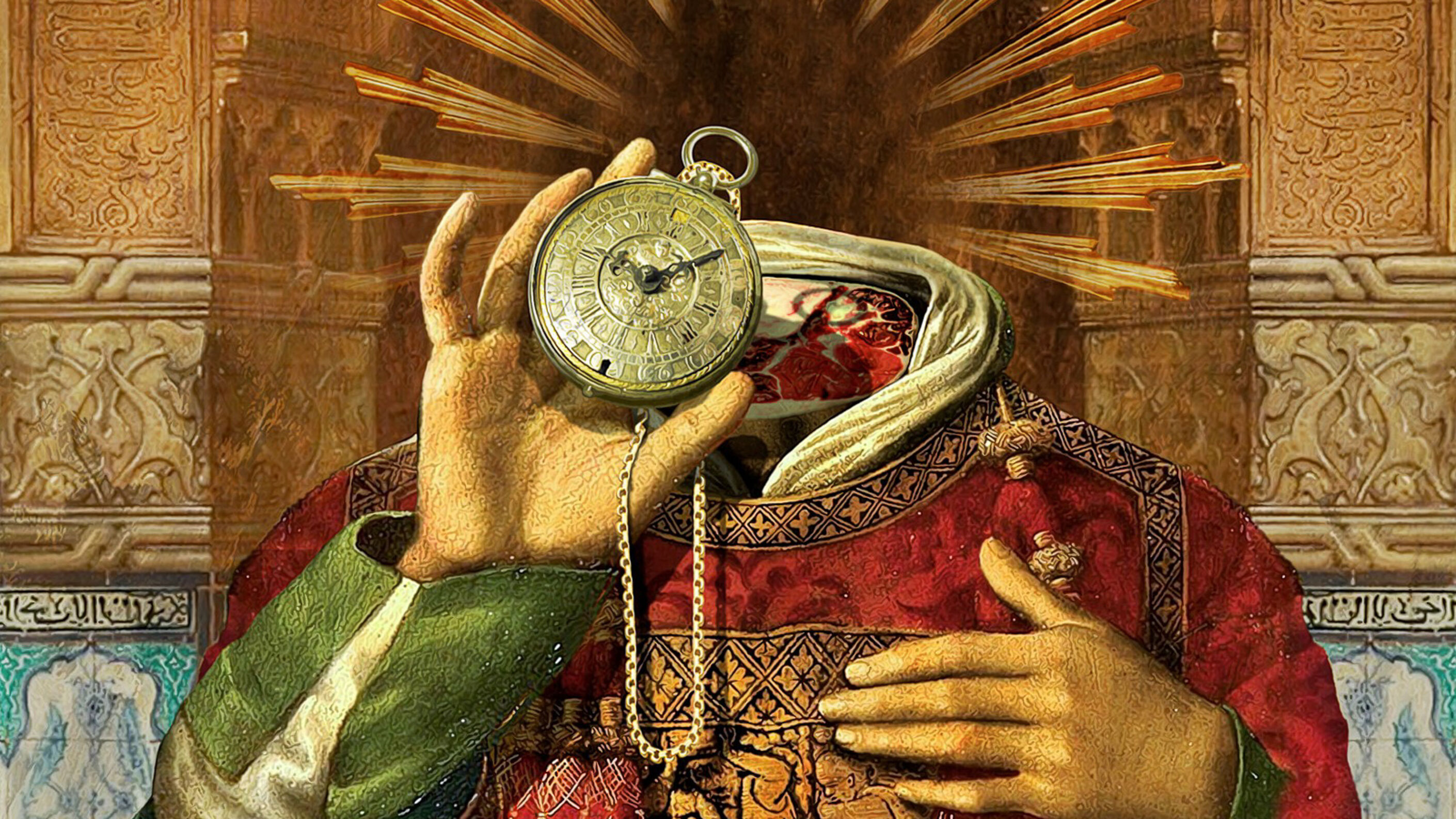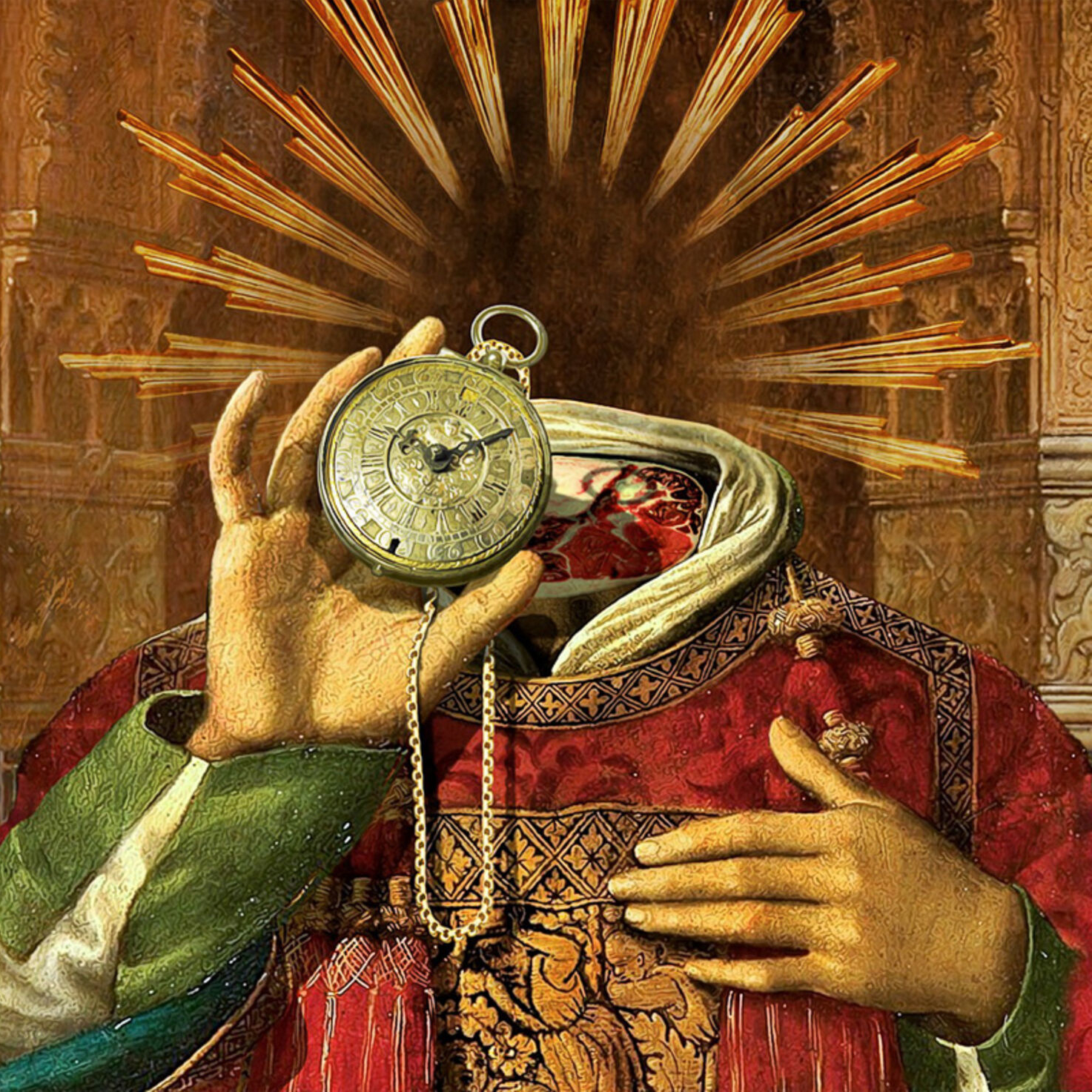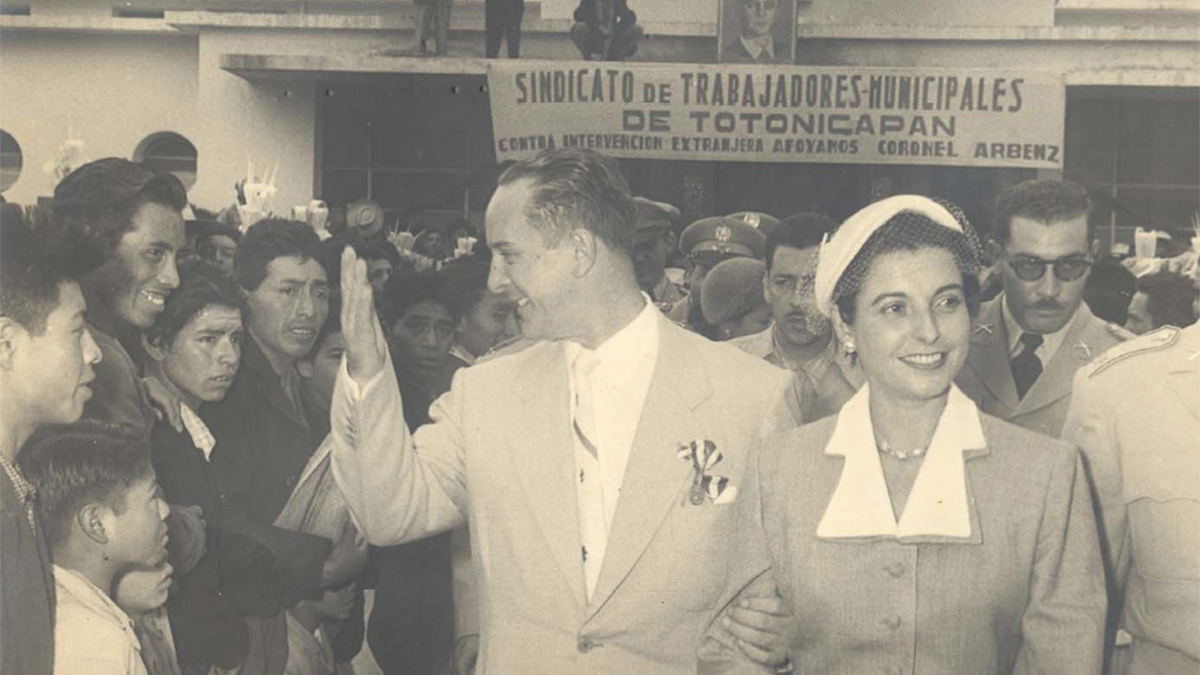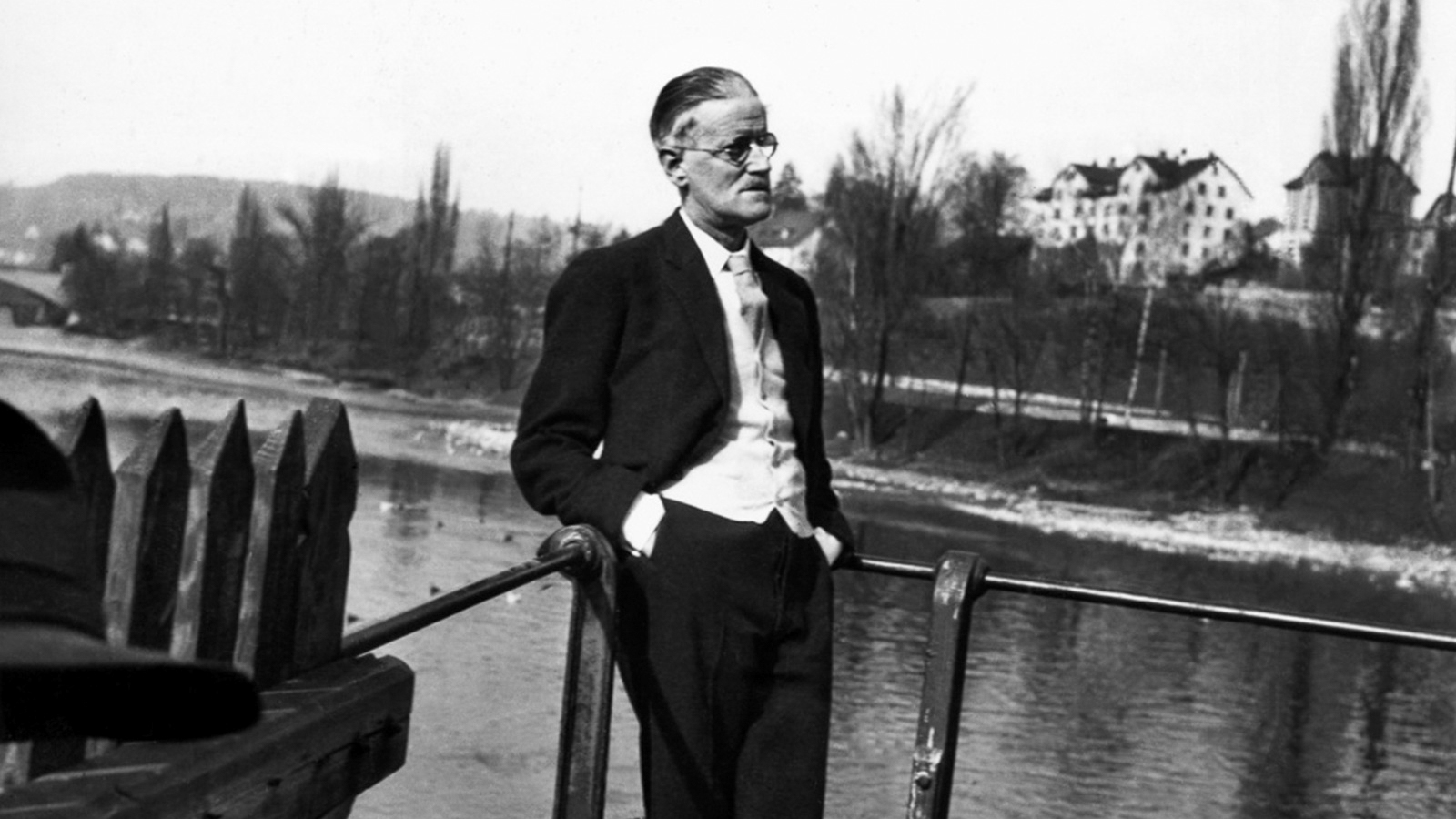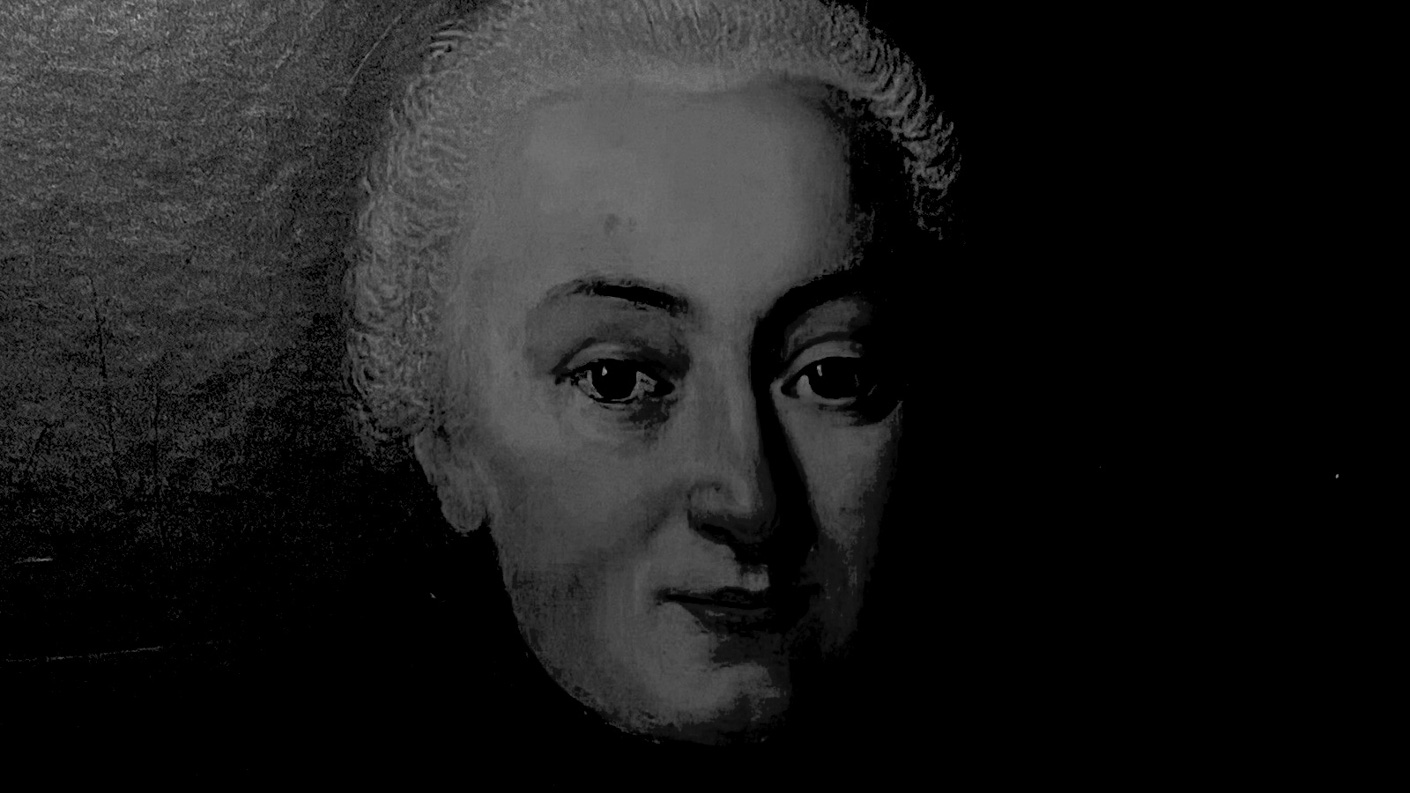The Shah’s Swiss watchmaker
Zurich watchmaker Rudolf Stadler came to a bloody end on 16 October 1637. At the age of 32, the first Court watchmaker to the Shah of Persia in Isfahan was executed by sword. His story sounds like a tale from One Thousand and One Nights.
When the designated imperial envoy, Johann Rudolf Schmid – later Johann Rudolf, Baron of Schwarzenhorn – travelled from Vienna to Constantinople on a sensitive diplomatic mission in 1627, there was a watchmaker in his entourage – 22-year-old Johann Rudolf Stadler from Zurich. Watchmakers were particularly sought after at the ‘Sublime Porte’ (the central government of the Ottoman Empire) because timepieces, particularly complex automated ones, were among the yearly tributes paid by the Emperor to the Sultan. They were one of the most coveted diplomatic gifts at the time but also required ongoing professional maintenance and care. It is significant that at the height of his career as an imperial ambassador in Constantinople, Johann Rudolf Schmid had his portrait painted alongside a magnificent table-top clock. The Viennese disparagingly referred to such gifts as ‘Turk worship’.
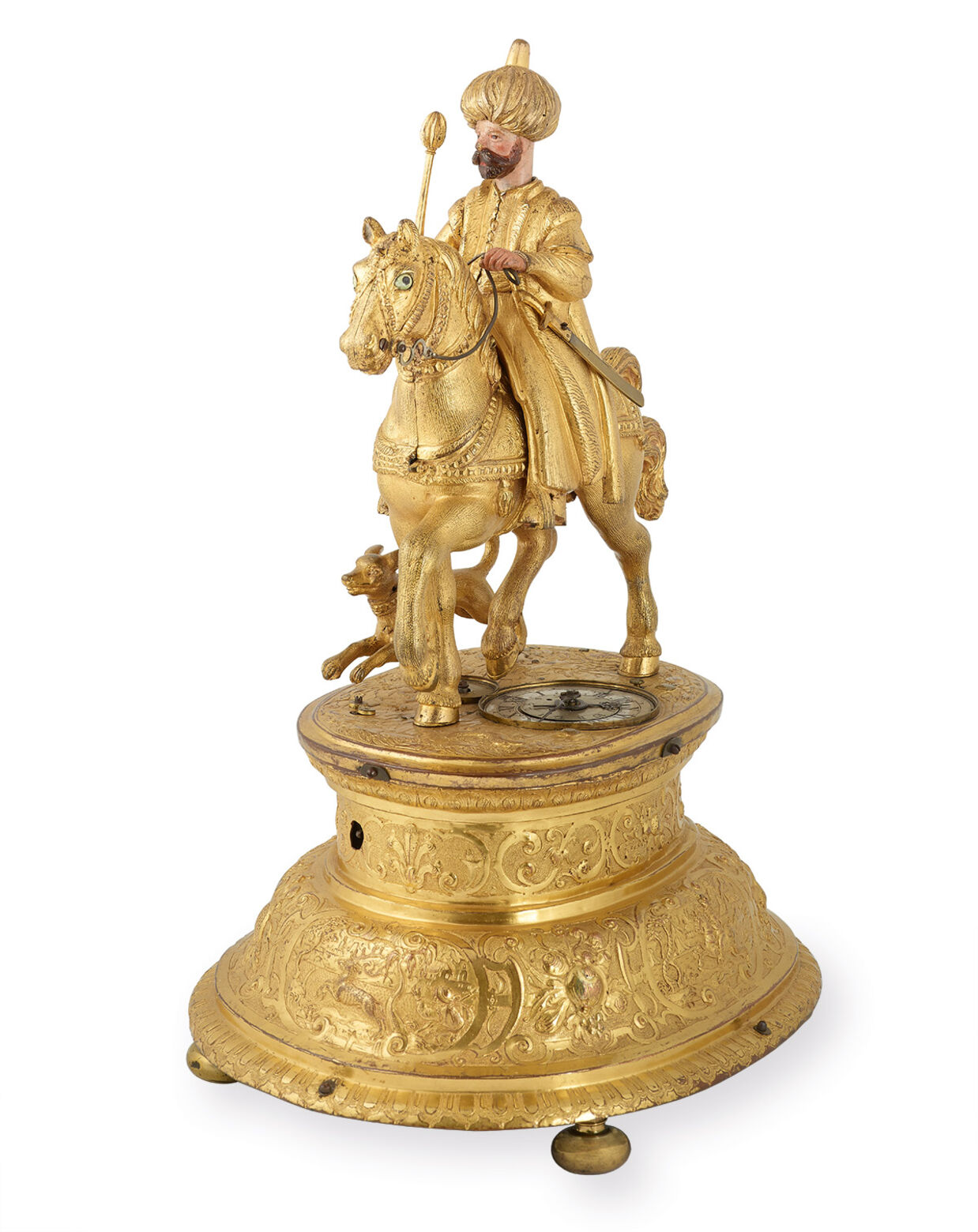
None of the timepieces made by Rudolf Stadler remain. This automaton clock featuring an Ottoman rider from the Basel Historical Museum, which was produced around 1580 in Augsburg, provides a good idea of the timepieces that formed an integral part of the Emperor’s tributes to the Sultan in the 16th and 17th centuries.
Basel Historical Museum, Natascha Jansen
Cooperation
This article originally appeared on the Swiss National Museum's history blog. There you will regularly find exciting stories from the past. Whether double agent, impostor or pioneer. Whether artist, duchess or traitor. Delve into the magic of Swiss history.
Rudolf Stadler's origins
We know a lot about Johann Rudolf Schmid’s diplomatic career. Schmid was born in Stein am Rhein to Felix Schmid, merchant and miner, and Elisabeth Hürus, a patrician’s daughter from Constance. Meanwhile, we can assume that Johann Rudolf Stadler was the son of Erhart Stadler, a potter and brickmaker from Zurich, and Beatrix Hochholzer, a reverend’s daughter. Stadler probably completed his apprenticeship with watchmaker Joachim Liechti, who had moved from Winterthur to Zurich in 1612. We don’t know exactly how Stadler ended up in Schmid’s entourage. Contrary to information from an early 19th century edifying treatise, the pair were not related. But two other clues lead us to Stein am Rhein: Stadler’s mother, Beatrix Hochholzer, was the daughter of Samuel Hochholzer, parish minister in Stein from 1590 to 1606. Meanwhile, Stadler’s uncle, Hans Ulrich Stadler, a stonemason and representative of the Zurich Zimmerleuten-Zunft (carpenters’ guild) was monastery steward in Stein am Rhein from 1612 to 1619. Rudolf Stadler’s parents married in the parish church there in 1598. At any rate, this gives rise to several possible links.
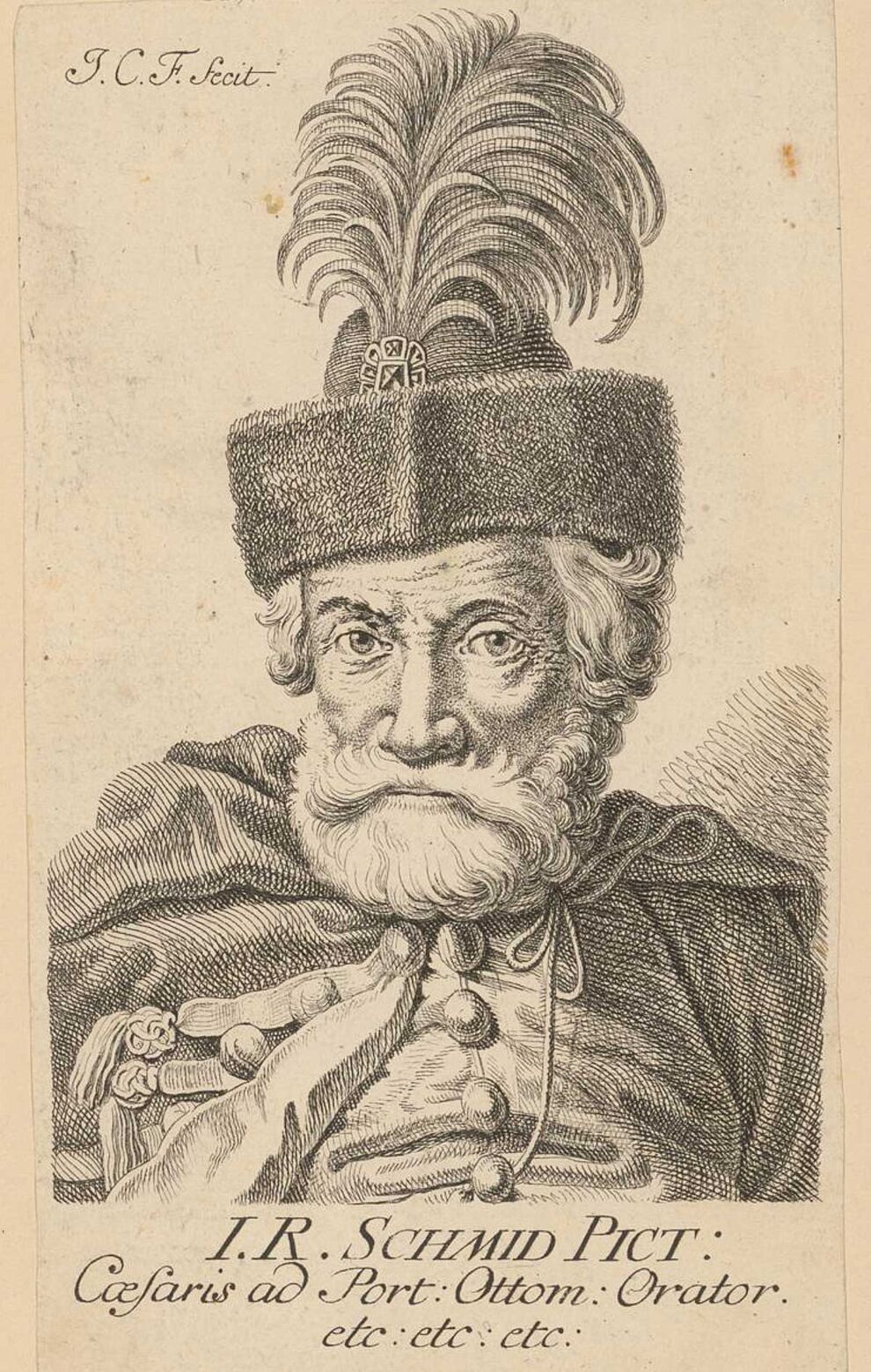
Portrait of Johann Rudolf Schmid, circa 1770.
e-rara
Following Stadler’s arrival in Constantinople, everything went well at first. After spending a year in Schmid’s service, he set up as a self-employed watchmaker. In 1631 the two men must have had a bitter disagreement. Schmid, official imperial resident ambassador at the Sultan’s Court, had been entrusted with the delicate task of dissuading Turkey from intervening in the Thirty Years’ War. When Sweden entered the war, the Turks would have had a convenient opportunity to fight a war on two fronts against the Habsburg empire. The ambassadors from the Netherlands, France, England – and from 1631, Sweden – did everything in their power to get the Sultan to join the war. They possessed much greater financial sway than the imperial resident ambassador but were inferior in terms of their knowledge of the Ottoman power structure and the Turkish language and mentality, as Schmid had spent 20 years in Turkish captivity, latterly as a slave interpreter in the seraglio. In this volatile situation, the Zurich protestant Rudolf Stadler took the opposite view of his now Catholic compatriot and sided with Sweden. This was never going to end well. Following the political and personal conflict, which was obviously a matter of life and death, Stadler stayed in the residence of the Dutch ambassador, Cornelius van Haag, Schmid’s most dangerous adversary.
According to Tavernier’s informants, Stadler was the first watchmaker ever to have ended up in Persia.
When French Huguenot, gem dealer and traveller to the Orient, Jean-Baptiste Tavernier came to Constantinople in 1632 en route to Isfahan, the opportunity arose for Stadler to accompany him. This was likely an arrangement that suited all concerned. Tavernier documented the journey in his diaries. The chronicles printed in 1676 and entitled ‘Les six voyages de Jean-Baptiste Tavernier … en Turquie, en Perse et aux Indes’, provide an unparalleled insight into the world of the Orient at the time and recount in detail the rise and fall of Tavernier’s travel companion Johann Rudolf Stadler, at the court of the Safavid ruler in Isfahan. According to Tavernier’s informants, Stadler was the first watchmaker ever to have ended up in Persia. So the first timepiece owned by Shah Safi I was also his work. The Shah wore the miniature timepiece on a gold chain round his neck. When it broke, he sent for the watchmaker from Zurich to come to the Court to repair it.
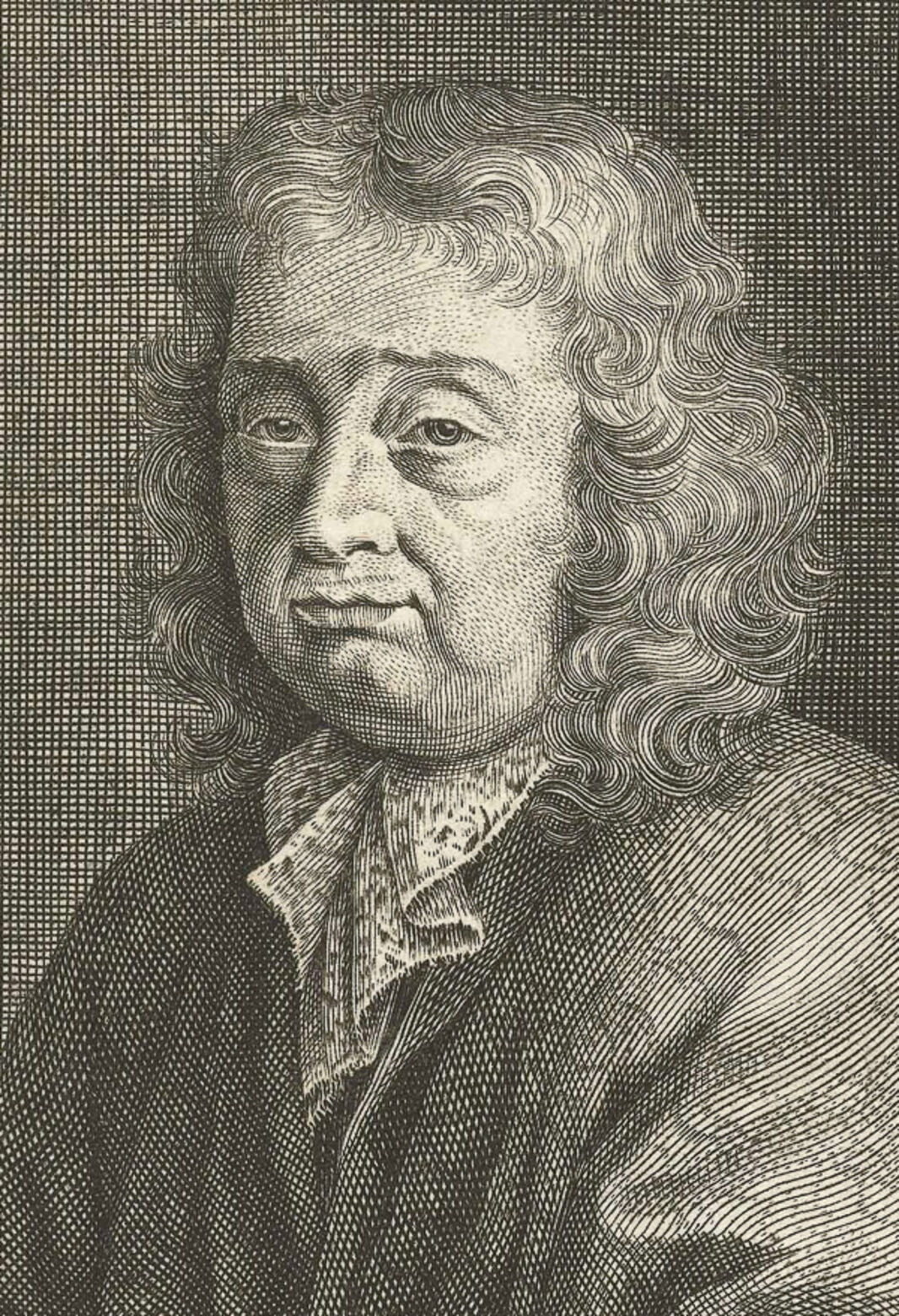
Stadler’s travel companion: Jean-Baptiste Tavernier.
Wikimedia / Rijksmuseum
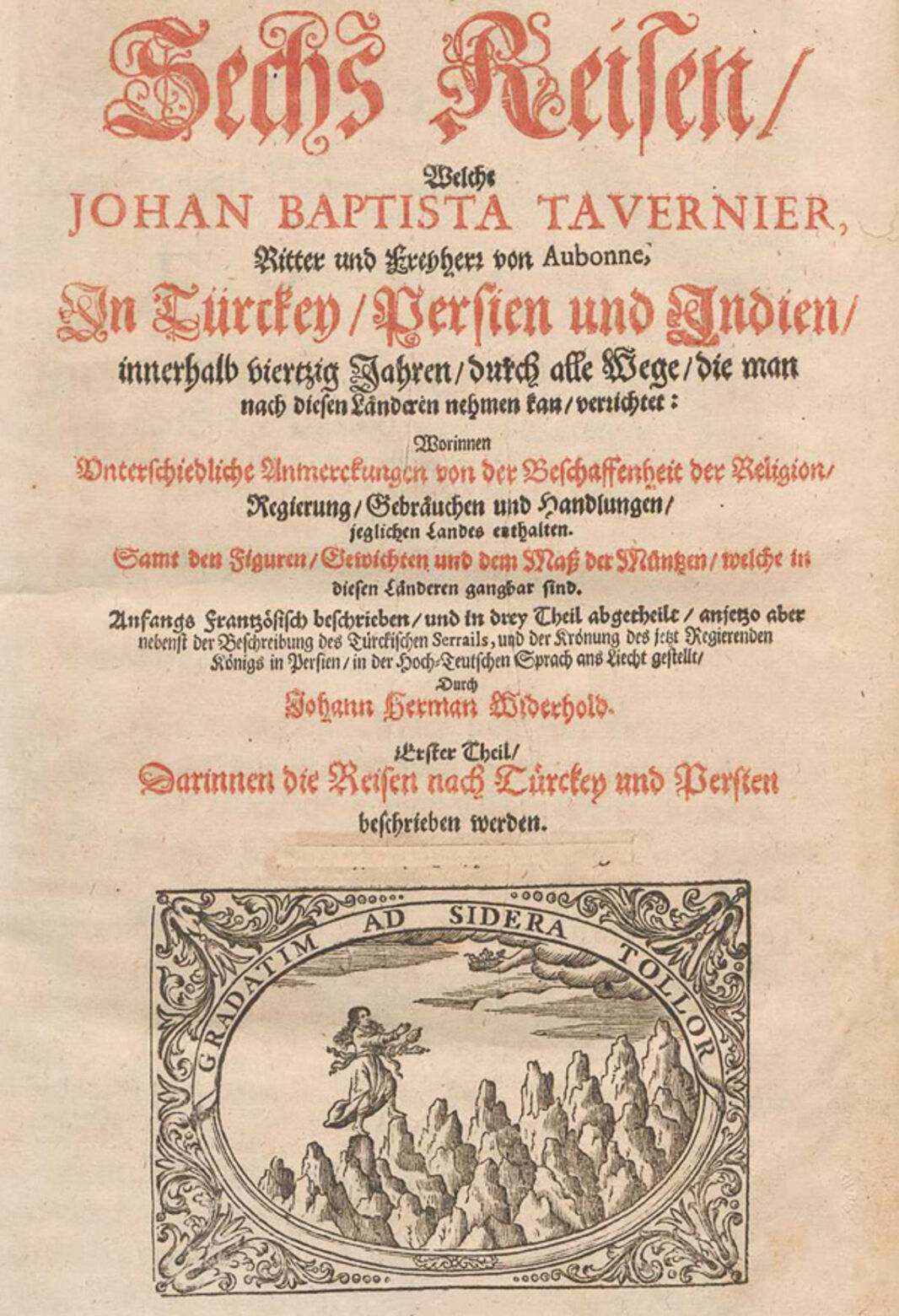
Title page of the German edition of ‘Les six voyages de Jean-Baptiste Tavernier’, printed by Johann Hermann Widerhold in Geneva in 1681.
e-rara
From this initial encounter, it seems a friendship blossomed between the pair. From then on, Stadler is said to have paid the Shah a courtesy visit every morning, not only to wind up and maintain the famous timepiece, but also for an informal chat about everything he had heard on the local grapevine, and to enjoy a small glass of wine. Incidentally, both the Persians and the Turks use the Arabic word šarāb to refer to wine, and this is the root of a number of loan words, including the English word ‘syrup’. The Shah is also reported to have asked the watchmaker on several occasions to convert from Christianity to Islam, in order to strengthen their ties. But Stadler, who by then was living with a Nestorian Christian, would hear none of it.
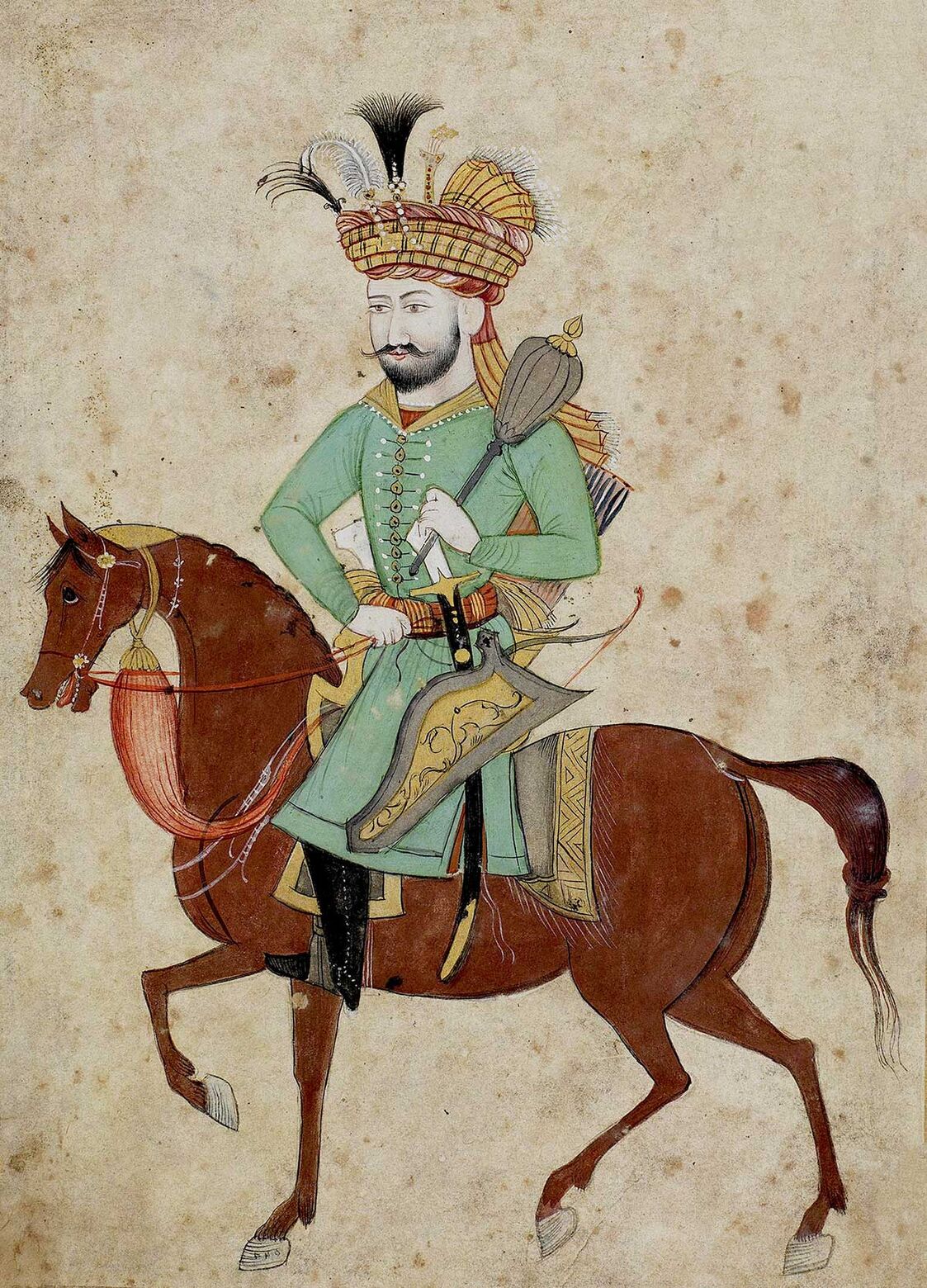
Shah Safi I had a close relationship with Swiss watchmaker Johann Rudolf Stadler.
Wikimedia
Up to this point, Tavernier reported as a witness to events. But the rest he learned second hand when he revisited Isfahan years after Stadler’s death. His information came from physician and baroque poet Paul Fleming and diplomat and travel writer Adam Olearius, who stayed in Isfahan from August to December 1637 as part of a Holstein trade delegation. Both men had been personally acquainted with Stadler, were witnesses at his execution and reported posthumously on his fate.
As a non-believer who had killed a believer, the only way Stadler could escape the death penalty was by converting to Islam.
Stadler met a bloody end
We can reliably reconstruct the chain of events that ultimately led to Stadler’s execution from the travel journals of Tavernier and Olearius, although they differ slightly on a number of details. When Stadler returned home from a reception at the Holstein embassy, he discovered an intruder in his home. According to Olearius it was a thief and according to Tavernier a love rival. Following a scuffle, Stadler shot the intruder dead. As a non-believer who had killed a believer, the only way Stadler could escape the death penalty was by converting to Islam. However, to the Shah’s chagrin, he was still unwilling to do so. We don’t know whether he was ultimately sent to the dungeon and executed at the instigation of the victim's relatives and the Muslim clergy, or the Grand Treasurer who was hostile to Stadler.
In any case, the circumstances surrounding his death on the famous Meidan-e Shah (Royal Square, now known as Meidan-e Emam (Imam Square)) – which was named by UNESCO as a World Heritage Site in 1979 – and the subsequent reports on the execution, led to Stadler being held up as a Christian martyr. The tomb, over which Armenian Christians claimed to have seen angels flying the night after the interment, became a place of pilgrimage and had to be regularly restored as pilgrims would take a small piece of the building – consisting of a sarcophagus, four columns and a roof – as a souvenir. Only the sarcophagus remains on the site; the tombs have disappeared. The fact that on his mother’s side, Rudolf Stadler was a great-grandson of a certain Johann Jakob Wick, a canon from Zurich, who obsessively collected single-leaf broadsheets, pamphlets and news documents that centuries later would have provided sensationalist column inches, is one of the most surprising coincidences of this story.
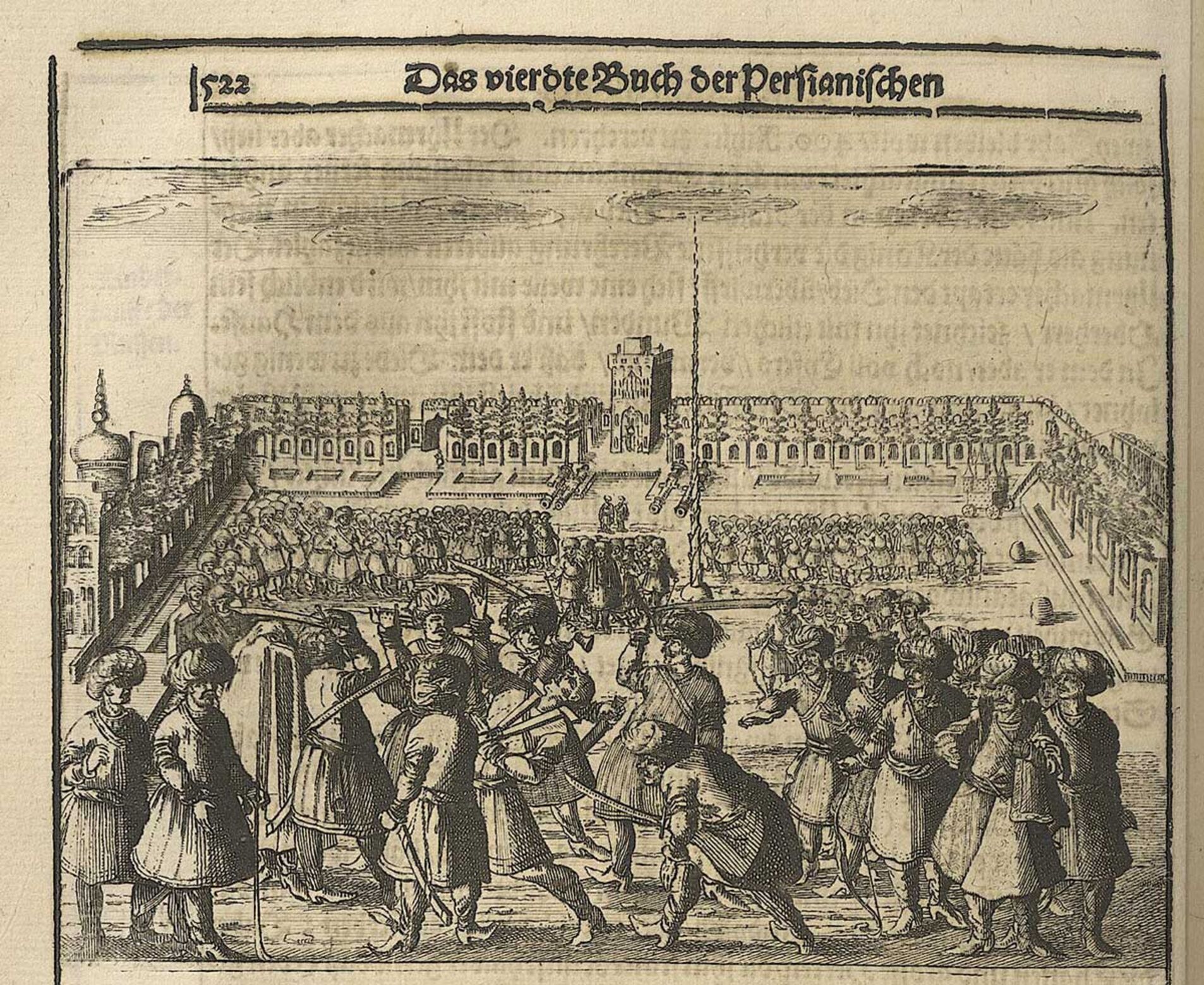
Depiction of Johann Rudolf Stadler’s execution on the Meidan-e Shah (Royal Square) in the third edition of the travelogue by Adam Olearius, published in 1663.
University Library Heidelberg
Jean-Baptiste Tavernier and Vaud
Jean-Baptiste Tavernier had an obvious weakness for Vaud. In his notes on the journey from Constantinople to Isfahan, on which he was accompanied by Stadler, he compared the region around Yerevan to Vaud: “I cannot compare this mountainous tract, whether for its valleys or rivers, or for the nature of the soil, to anywhere that I have seen, better than to that portion of Switzerland called the Pays de Vaud; and it is said by the natives that certain people who lived between the Alps and the Jura, and who composed a squadron of Alexander’s Army, having served him in his conquests, settled in this part of Armenia and made it look like their own country” (cited from ‘The six voyages of Jean-Baptiste Tavernier... to Turkey, Persia and India over forty years’ which was published by Johann Hermann Widerhold in Geneva in 1681). In 1670, Tavernier finally acquired the Aubonne Barony and had the castle renovated and converted. In the process, the original rectangular tower was given its distinctive appearance, reminiscent of an oriental minaret with a Russian domed roof, marking it out as a local landmark in Aubonne.
